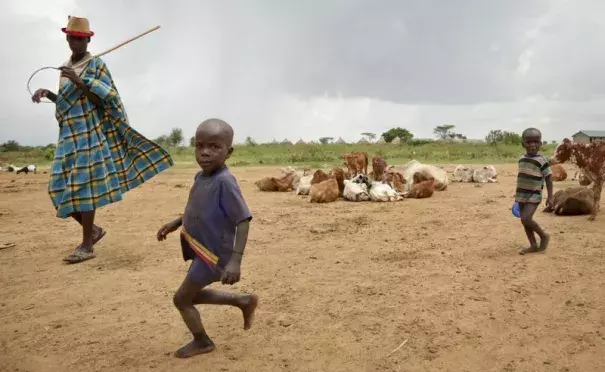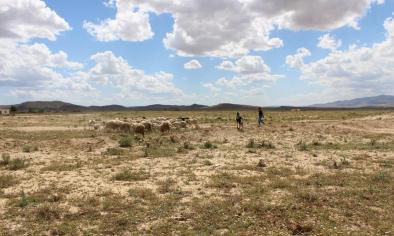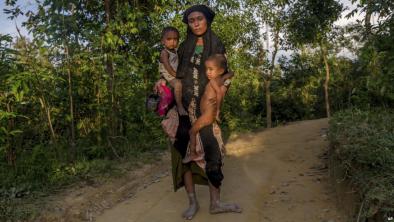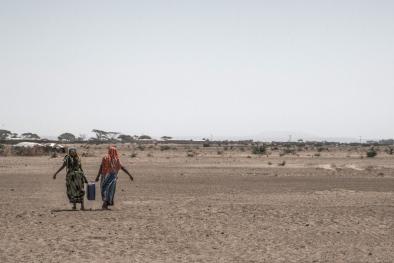In harsh corner of Uganda, herders fight climate change

The sun is setting over Karamoja. Time for the nomadic herders to return their cattle to thorn-ringed enclosures. They’ve roamed since first light, searching for pasture in Uganda’s poorest region where water and grazing land are scarce.
Now the changing climate has brought hunger and bewilderment as traditional coping methods for the harsh environment fail.
...
In Karamoja, as in many rural areas of Africa, cattle are highly valued, a source of prestige and wealth. From a young age, Karamojong men build their herds to be used as dowry for marriage. Now they look to the rainless sky in frustration.
“We have just had to bear with it because we have nowhere to go,” said 62-year-old Mudang Lowal.
In northeastern Uganda, Karamoja’s semi-arid savannah borders Kenya’s Turkana region and South Sudan. The vast region, a tenth of Uganda’s land, has seen rising temperatures for the past 35 years.
Rainfall is poor and unreliable. Long dry spells and flash floods have become more frequent in the past decade.
Historically, the rainy season runs from April to September and the dry season from November to March, creating one harvest per year. But now that pattern has changed, causing crop failures and lower milk production. The Karamojong, who had developed early warning systems for the punishing environment based on wind direction, animal behavior and the flowering of trees, now feel off-balance.
...
Climate change brings more uncertainty, experts say.
“For the case of Karamoja, the increase or the rise in temperature had been taken for more than 30 years,” said William George Omony, senior meteorologist at the Uganda National Meteorological Authority. He attributed last year’s drought to the global phenomena of El Nino and La Nina, which are increasing in frequency.
Related Content






